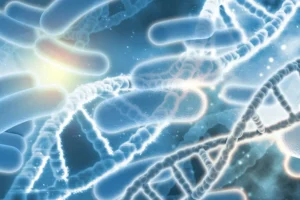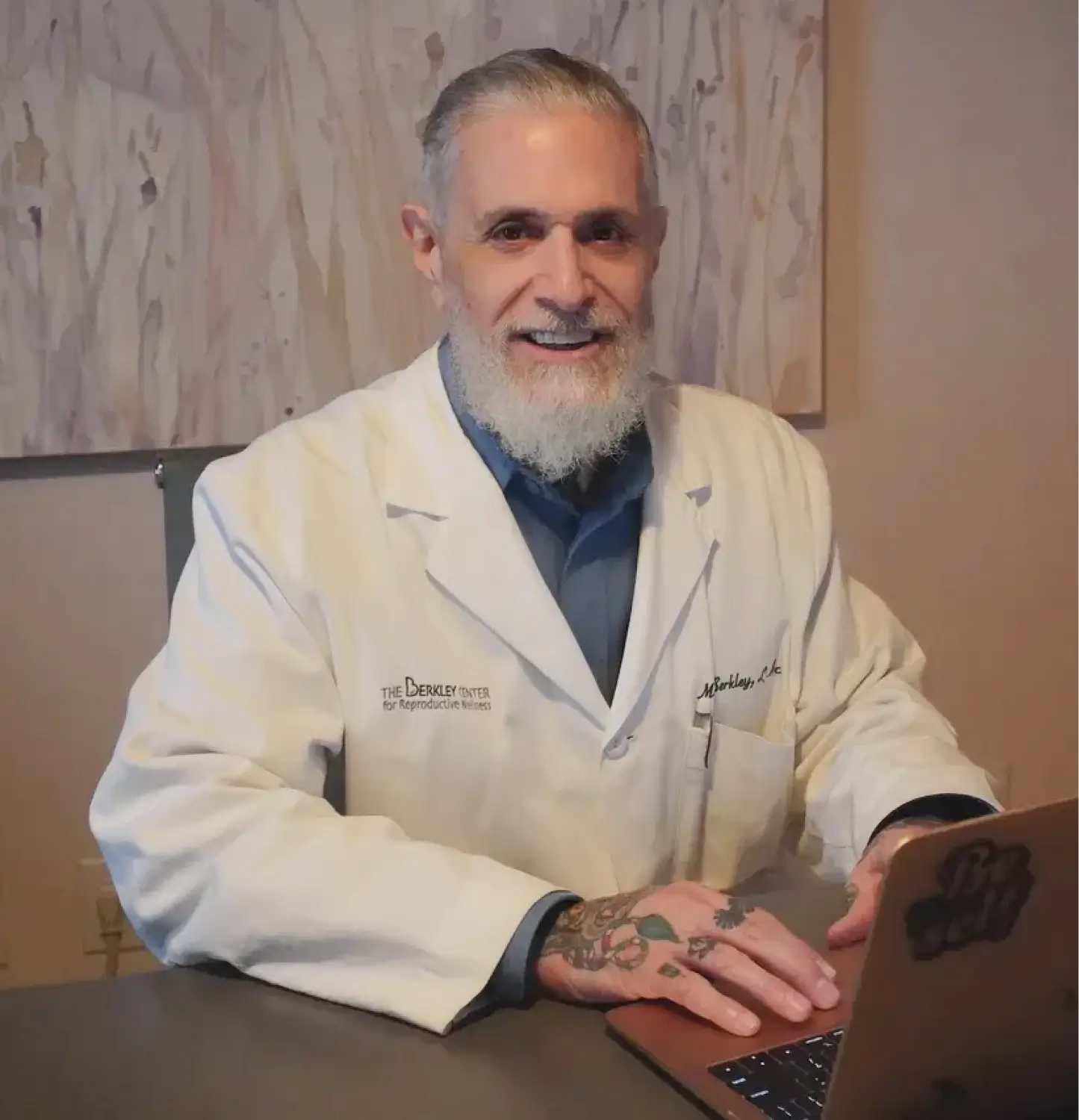Elevated sperm DNA fragmentation refers to an increased level of damage or breaks in the DNA strands within sperm cells. This condition can significantly interfere with male fertility by affecting multiple stages of reproduction, from fertilization to embryo development. Below, I’ll explain the mechanisms by which elevated sperm DNA fragmentation impairs fertility.

Mechanism: Sperm with fragmented DNA may still penetrate the egg during fertilization, as the process primarily depends on sperm motility and membrane integrity rather than DNA quality.
However, severe DNA damage can compromise the sperm’s ability to properly decondense its chromatin (unpackage its DNA) after entering the oocyte. This disrupts the formation of the male pronucleus, hindering the fusion of genetic material from both parents, which can prevent successful fertilization or lead to early embryonic arrest.
Mechanism: Even if fertilization occurs, fragmented sperm DNA can impair early embryonic development. The oocyte has some capacity to repair sperm DNA damage using its own repair mechanisms (e.g., base excision repair or non-homologous end joining), but this is limited.
If the damage exceeds the oocyte’s repair threshold, the embryo may exhibit abnormal gene expression, cell division errors, or developmental delays. This often results in poor-quality embryos that fail to progress beyond the cleavage stage or blastocyst formation, reducing the chances of successful implantation.
Mechanism: Embryos derived from sperm with high DNA fragmentation may reach the blastocyst stage but carry subtle genetic or epigenetic defects.
These defects can impair trophoblast function (the outer layer of the embryo responsible for implantation) or disrupt endometrial-embryo signaling, leading to implantation failure.Even if implantation occurs, the compromised embryo may not establish adequate placental development, further jeopardizing pregnancy.
Mechanism: Sperm DNA fragmentation is strongly associated with an increased risk of miscarriage. Fragmented DNA can introduce mutations, chromosomal abnormalities, or epigenetic alterations into the embryo.
While some embryos may implant, these genetic defects often lead to fetal loss, particularly in the first trimester, as the developing fetus cannot sustain normal growth.
This is especially evident in couples undergoing natural conception or assisted reproductive technologies (ART) like IVF, where high sperm DNA damage correlates with recurrent pregnancy loss.
Mechanism: Elevated DNA fragmentation is often a marker of broader sperm dysfunction, such as oxidative stress, apoptosis (programmed cell death), or defective spermiogenesis (sperm maturation). These underlying issues can reduce sperm motility, viability, or acrosome reaction efficiency, further decreasing the likelihood of successful fertilization and contributing to infertility indirectly.

These factors disproportionately affect sperm because, unlike other cells, mature sperm lack robust DNA repair mechanisms and have highly compacted chromatin, making them susceptible to persistent damage.

Elevated sperm DNA fragmentation interferes with fertility by compromising fertilization, embryo development, implantation, and pregnancy maintenance. It introduces genetic instability that the oocyte and embryo may not fully overcome, leading to failed conceptions or early pregnancy loss.
Addressing underlying causes (e.g., reducing oxidative stress with antioxidants like vitamin C or E) or selecting sperm with intact DNA (e.g., via advanced ART techniques like IMSI or testicular sperm extraction) can mitigate these effects and improve fertility outcomes.
We provide acupuncture and herbal medicine which are efficacious in significantly reducing sperm DNA fragmentation.
We are pleased to arrange testing for your male partner.
Schedule your consultation: 212-685-0985
www.berkleycenter.com

Mike Berkley, LAc, FABORM, is a licensed and board-certified acupuncturist and a board-certified herbalist. He is a fertility specialist at The Berkley Center for Reproductive Wellness in the Midtown East neighborhood of Manhattan, New York.
View all posts